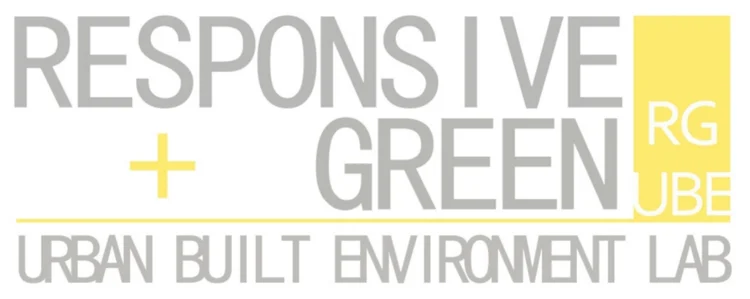

Water scarcity, imperfect consumption patterns, rapid global population increase, surpassing consumption ratio, and several further factors overstress the urging necessity to systematically access and utilize supplementary and most importantly renewable water supply resources. Moreover, application of suitably designed and well-maintained rainwater harvesting systems within the context of the built environment while generalizing the focus on diverse building typologies is promoted as a promising resolution to these systemic issues. Despite the numerous positive benefits of utilizing rainwater harvesting as a means of sup-porting sustainable development and green built environments, there exists a gap in properly integrating these design features to deliver congruent sustainable outcomes. Accurate design and configuration, simulation, localization, and imposing proper maintenance schemes are expected to be followed in order to accomplish the ultimate goal of executing rainwater harvesting systems. Besides the inevitable noteworthy role of governments in educating, providing prospects and supporting these decentralized water supply and consumption systems is encouraged. Ultimately, this paper provides an overview on the contemporary rainwater harvesting systems, the respective implications and systematic con-figurations, quality assessments, the potential of rightfully merging them with green roofs and green built environment criteria, and eventually manipulated government regulation to provide insights for overcoming the aforementioned intensifying rainwater-related concerns.Current output:Publication 1
info
prev / next
1
·
